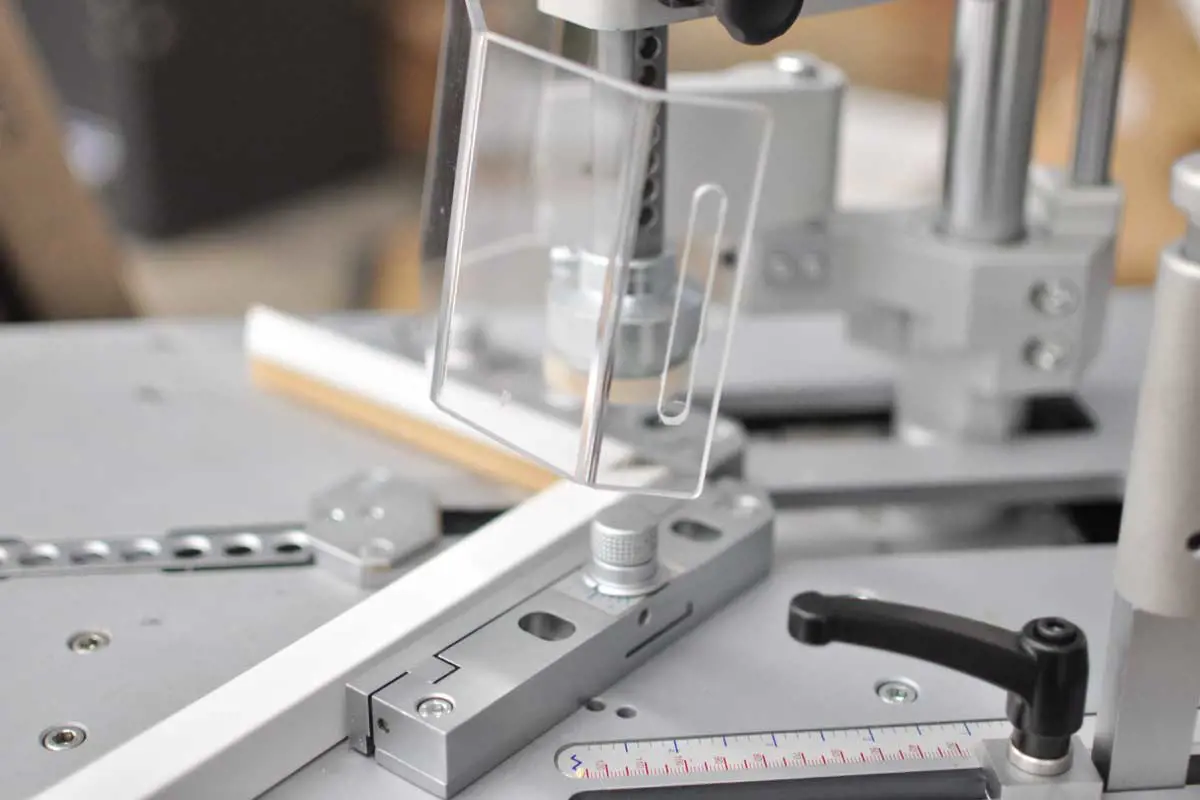Framing a piece of art, memorabilia or photo can be challenging. Between not wanting the frame to fall apart, or even using the wrong glue and damaging the contents of your picture frame, it can be a daunting process. Using the right adhesive glue and backing tape for your picture frame can make a world of difference, ensuring your frames are safe and secure.
If you are keen to learn more about the best adhesives for framing which hold a picture frame together, read our guide below.
What is the Best Glue for Picture Framing?
Although you might think the glue you have in your pantry will do the job, it's important to use a glue purpose-made for joining picture frame corners. In some cases, choosing the wrong glue can damage the contents of your picture frame, so it’s critical to pick the right one for the job.
Picture framing adhesives should be selected based on their bond strength, ease of application and durability. With a wealth of options available, it’s easy to feel overwhelmed when choosing glue for holding picture frames together. However, each adhesive has its own use case, so be sure to select the right one based on what kind of picture frame you have. Some options include:
Polyvinyl Acetate
Polyvinyl Acetate glue (PVA) is often the best choice for joining picture frame corners. Easy to use and readily available, common liquid wood PVA glues include brands like Elmers that can be found in any supermarket or stationery store.
When used properly, PVA glue offers durable strength that ensures your wooden picture frame is sturdy. This useful picture-framing glue often dries overnight and is flexible enough to withstand the potential stress and impact that occurs when handling the frame.
Wheat or Rice Starch Paste
Adhesive glues made from wheat or rice starch paste are great for conservation and preservation framing. This is due to the qualities of its natural materials ensuring the contents of a picture frame aren’t at risk of being damaged by harmful environmental factors. However, the natural materials used to make these adhesives mean that its bonding strength is limited. As such, wheat or rice starch paste glue is not suitable for joining frames that are heavy or under significant stress.
Hot-Melt Glue
Hot-melt glue is best used when a picture frame needs to be held together immediately. Although waiting for the hot glue gun to heat up can be time-consuming, it is purpose-made for those times you need the adhesive to immediately harden, such as bonding a mount for your framed memorabilia.
Polyurethane Glue
Finally, polyurethane glue (e.g. Gorilla Glue) is a strong adhesive that provides a sturdy hold for picture framing. However, due to the often-unpredictable foaming that occurs when applying the glue, it can be difficult to apply without leaving a mess and have limited use cases. This foaming is most common in humid conditions or if bonding contents have high moisture levels. Using this kind of glue to join your frame corners is not recommended, as it may damage the finish of your frame.
Whichever adhesive you select to glue your frame corners you also need to hold the corners tightly together. This is where v-nailers, as used in all Frame today stores, come into their own. A purpose designed v-nail is driven into the back of the frame via pneumatic pressure and this ensures you frame corners are held tightly together whilst the glue dries.
What is the Best Adhesive Tape for Picture Frames?
It’s best to avoid household tapes such as office tape or masking tape for picture framing. These household adhesive tapes can contain synthetic rubber that can become yellow and deteriorate with age. Naturally, this can damage the frame or artwork and are not sustainable for picture framing.
As an alternative, acrylic adhesive tapes are more stable and aren’t as likely to discolour over time. These adhesive tapes are ideal for attaching dust covers, sticking double mats together, and mounting artwork to the backing board of a picture frame.
Adhesive Transfer Gun Tape
Adhesive transfer gun (ATG) tape is handled by using a special gun to apply a thin layer of adhesive tape on your picture frame. Operating an adhesive transfer gun is easy enough, allowing for a clean and simple application that ensures the contents of your picture frame are held together. As some low-grade ATG tape can contain harmful acids, there are also acid-free adhesive tapes available to ensure the contents of your picture frame aren’t damaged over time.
How to Apply Adhesive Tape to a Picture Frame
Applying adhesive tape to a picture frame is quick and easy. As you press the tape firmly against the picture frame, peel off the strip of liner paper that backs the adhesive tape. Peeling this liner paper away will reveal the adhesive side of the tape, which you can then press against another material (e.g. dust cover) to piece it all together.
If you are unsure of the best way to frame your artwork, photo, or memorabilia safely and without risk, the experts at Frame Today can help. Our expertly-trained framers will be able to create the frame of your dreams, all without risk of misusing glue or adhesive.
For more help on your next picture and photo framing project, contact one of our expert team using the form below or visit your nearest location here.



